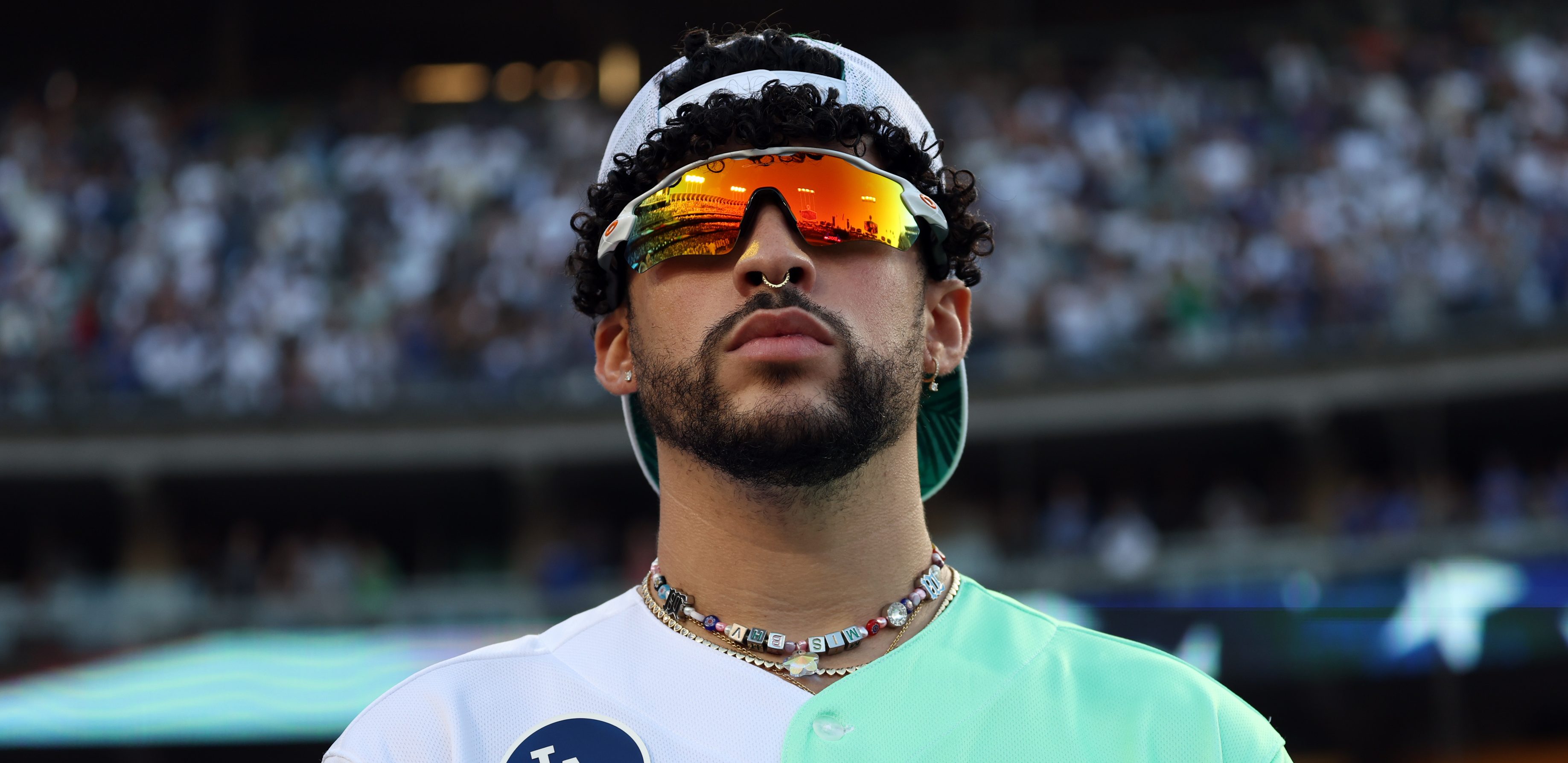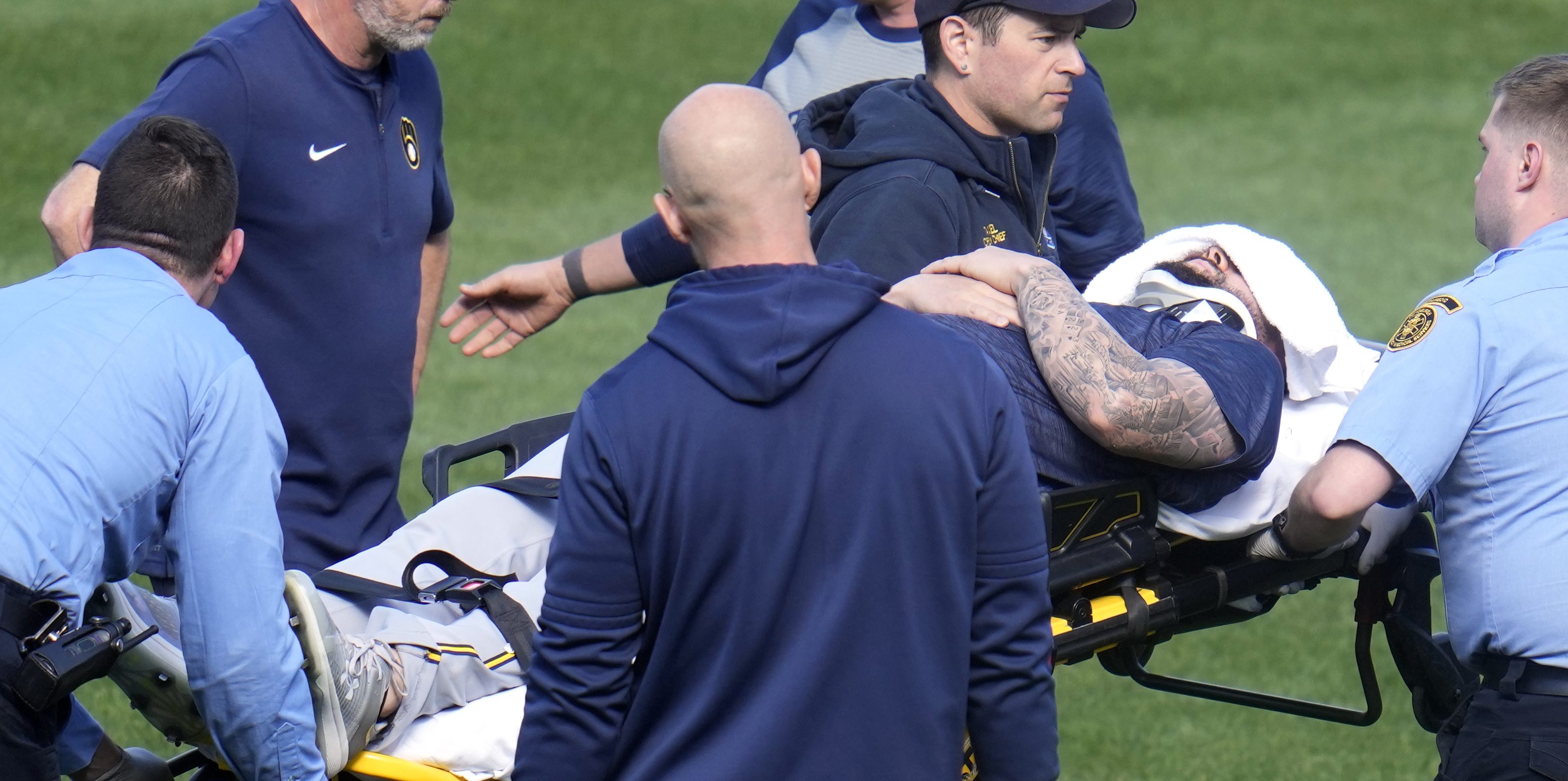Blow up the Cubs.
Right?
They can’t hit. The starting rotation is as inconsistent as its shoestring-budget construction might have suggested. The freaking Pirates routed them in back-to-back games over the weekend.
Stay in the game with the latest updates on your beloved Chicago sports teams! Sign up here for our All Access Daily newsletter.
And the early-season COVID-19 scare only exacerbates all the initial roster questions and depth issues.
So (*checks watch*) line up the buses along Clark for the imminent departures from Wrigley Field.
What’s that? The trade deadline isn’t until July 30?
Fine. (*checks watch*).
MLB
Then don’t start the buses until after the upcoming homestand against pennant-contender Atlanta, Jacob deGrom’s big-spending Mets and this Brewers team that already has made quick, ugly work of the Cubs in two of the first four series of the season.
That’s what we all knew was coming when the season started anyway, right? It’s what even the players feared if they didn’t get off to a fast start.
“If we get off to a 3-4 start,” first baseman Anthony Rizzo said this spring as he snapped his fingers. “That quick there’ll be stories about who’s getting traded. We know that.”
Come on (*checks watch*). Let’s give them at least until, say, a 5-7 start.
Which makes right about now go time for a walk-year roster built for an easy teardown.
As for those stories and outbound buses, welcome aboard Craig Kimbrel, Zach Davies and Joc Pederson. And keep an eye on the departure schedules, Kris Bryant and Javy Báez.
Look, it’s obviously only the middle of April — ridiculously early to start speculating on trade-deadline activity, much less panicking about bad starts.
But it’s also obvious that many of the issues this team has had in four series against the Pirates and Brewers involve areas of questions and skepticism that were there before the season began. Never mind the part about “against the Pirates and Brewers.”
And not even team president Jed Hoyer tries to hide behind the small-sample-size argument.
“You have to look at that appropriately,” he said when asked about keeping perspective during the low-octane start 12 games into a 162-game season. “You can’t go crazy. I always try to look at it like if a guy’s got a 1.500 OPS right now or 1.300 OPS, you have to take that with a grain of salt, and then you have to take the .500 OPS with a grain of salt as well. It’s a long season.
“But we saw our team struggle at the end of last year offensively, and we’ve seen some struggles going back a few years,” he added. “So you can’t just wipe everything away as a small sample. Trying to balance that is really important.”
That was before the 7-0 loss in Milwaukee on Wednesday. They’ve been outscored 30-8 in the last five games, winning once.
The specter of a mass selloff has loomed as a backdrop for this season since the salary dump trade of Yu Darvish in December — and even more tangibly since they eventually built an Opening Day roster with 18 players in walk years.
“To me there’s a long time before the trade deadline,” Hoyer said. “Having that discussion every week is not worthwhile, There’s a lot of baseball to be played. We shouldn’t be talking about trade deadlines.”
It certainly makes no sense when nobody else in baseball except the most confirmed tankers know their midseason direction yet.
Extension talks with the big core players also could come into play before markets begin to take shape sometime after May.
And that doesn’t even take into account how the very-much-ongoing pandemic might alter the sport’s landscape at any moment.
So, yes (*checks watch for the last time*), it’s still far too early to start up any rumor mills, much less actual trade talks.
But as sure as this feast-and-famine, slug-and-strikeout lineup will improve after its absurdly poor start, it will struggle again at some other stretch. And as sure as the pitching staff has just enough talent to cobble together some competitive months, there isn’t enough frontline power or enough reliable depth to feel confident, even in the worst division in the majors.
What’s left of quite possibly the most significant core group of players in franchise history needed a better start, even through 12 games, to write the beginning of a new chapter in a continuing run of success.
Instead of what looks increasingly like the end of an era with a final chapter long since written.
“We should be talking about what things we can do as a front office, what things we can do as a coaching staff to get better,” Hoyer said. “There’s adjustments that can be made. … That’s my focus on a day-to-day basis.”
No doubt. Because as sure as that might shake a team out of a slump, that’s also how to raise trade value in a certain 18 or so players.


